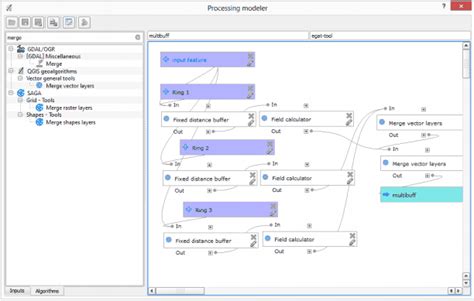Visual programming has always been a tantalizing concept for the tech community. The resurgence of visual programming tools, notably through the new Pipes platform, has piqued the interest of both seasoned developers and those who fondly remember Yahoo Pipes. Pipes, a platform promoted as the spiritual successor to Yahoo Pipes, heralds a new era of data transformation and automation, echoing the simplicity yet profound impact of its predecessor from Yahoo. This platform is designed to meet modern demands, offering an intuitive interface where users can manipulate data feeds seamlessly through visual flowcharts instead of writing lines of code. The very first glance at the platform reveals how its simple but effective mechanics can democratize data manipulation, making it accessible to individuals beyond the realm of programming experts.
One of the platform’s core strengths is its ability to process data feeds with ease. Users have praised the free tier that allows for three data feeds, though there’s a marked increase in cost for those seeking to expand beyond that limit. For professionals and data enthusiasts managing more than three use cases, the cost can be justified by the immense value it offers. In particular, the flexibility in data manipulation through visual blocks and arrows can be a game-changer. For example, consider you have three RSS feeds you want to filter for specific keywords. Traditional programming would require multiple steps involving fetching, parsing, and filtering the data. In Pipes, these steps are visually represented through blocks that interconnect, each representing a step in the process. This shift not only bridges the gap between idea and execution but also significantly reduces the complexity and time involved.
But it’s not just about ease of use for newcomers; visual programming with Pipes is sparking debates among seasoned developers about its potential to revolutionize coding practices. Critics have often pointed out that visual programming can lead to messy and unmaintainable codebases, especially when used for professional applications. And yet, visual programming paradigms like Scratch and Blockly have proven their worth by providing clear and understandable layouts for complex logic. For instance, educational tools such as **Scratch** utilize block-based programming to introduce children to programming concepts without overwhelming them with syntax. It’s argued that such tools could inspire innovation in professional environments through their simplicity, fostering environments where even non-programmers can contribute meaningfully to projects. Imagine a data analyst who needs to clean and augment data before it’s fed into a machine learning model. With a visual programming tool like Pipes, they can construct a data processing workflow without writing intricate code, thus allowing data scientists to focus solely on model development.
However, the transition from code to visual presentation isn’t without its challenges. As some users pointed out, boxes and lines are fundamentally easier to understand for beginners, but scaling this to more complex operations can become cumbersome. For example, other visual systems like **NodeRED** and **Apache Nifi** aim to tackle large-scale process automation using similar box-and-line methodologies. Still, they can quickly become overwhelming if not managed properly. The balance lies in creating a visual language robust enough to manage complexity while remaining intuitive. The adoption of Yahoo Pipes concept by modern tools also highlights another challenge: sustaining performance as the complexity scales. Some users report that processing large data sets or complex feeds can introduce latency or processing delays. The development team’s continuous work on improving the backend architecture and performance capacity, as indicated in user feedback, shows significant promise in addressing these issues.
Beyond these technical discussions, the use of visual tools poses broader philosophical questions about the nature of programming itself. Is the text the core abstraction or merely another way to represent logic? Reflecting on discussions around tools like Scratch, it’s argued that the visual representation of code—whether through structured blocks in Scratch or interconnected nodes in Blender’s geometry nodes—could democratize programming, making it more inclusive. This concept resonates particularly well with the surge of no-code and low-code tools in industry today which target business users, enabling them to automate workflows without a deep technical background. Furthermore, the longevity and success of such platforms depend on their ability to integrate with existing ecosystems seamlessly. The mention of **RSS** feeds as a basic functionality is a testament to their enduring relevance. While one might assume such feeds have become obsolete, they are quite the backbone of numerous applications, from syndicating blog content to fetching updates from multiple sources in a single unified stream.
In conclusion, the revival of visual programming through platforms like Pipes encapsulates a broader trend in technology towards accessible, user-friendly design. By allowing users to visually design data workflows, these tools not only flatten the learning curve but also pave the way for innovative approaches to problem-solving. The discussion around Pipes, both praising its potential and critiquing its challenges, highlights the evolving nature of how we interact with programming and automation tools. Looking ahead, the true measure of success for such platforms will be their ability to strike an equilibrium between ease of use and functional depth, catering to both novices and experienced developers alike. For anyone interested in delving into visual programming, the excitement around Pipes is a clear indicator that this is an area ripe for exploration and innovation.


Leave a Reply